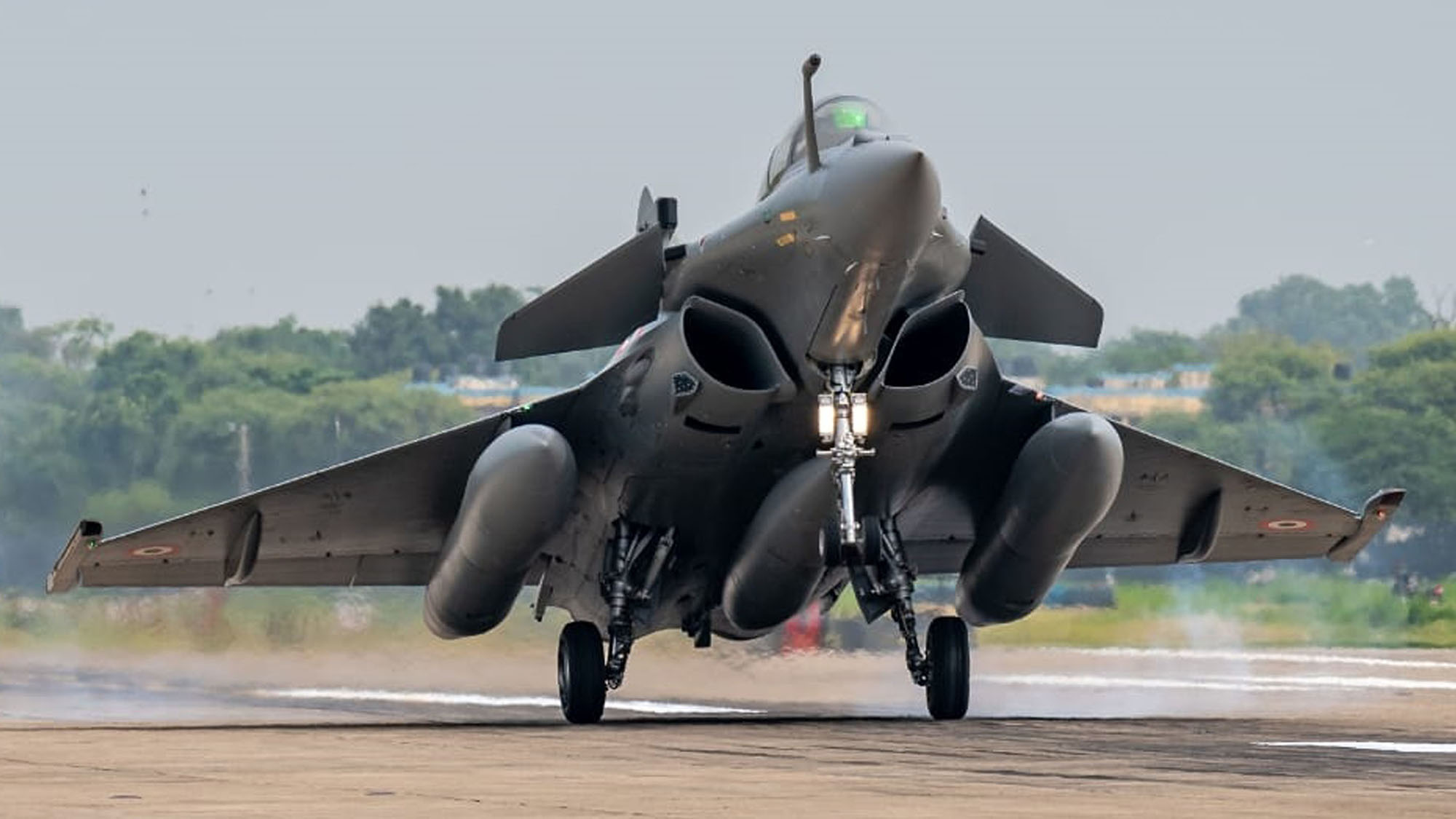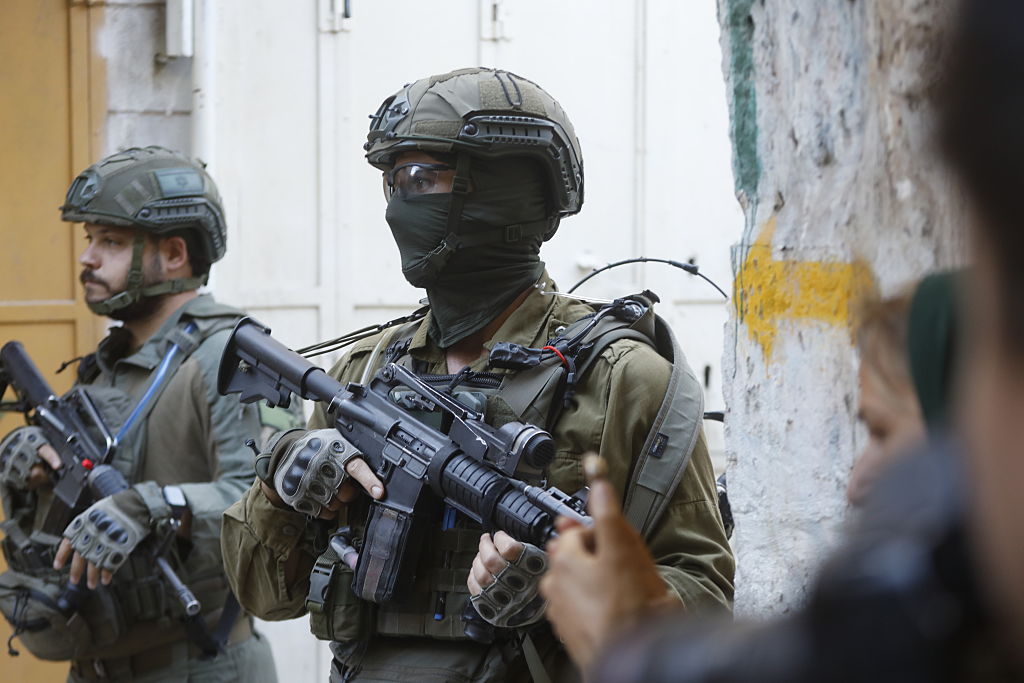
Indian Rafale Downed in Largest Air Battle in Decades Due to Intel Failure on PL-15 Range – Reports
On Aug. 2, 2025, an interesting story by Reuter’s Saeed Shah and Shivam Patel laid out how a Pakistan Air Force J-10C downed at least one Indian Air Force Rafale using a PL-15 air-to-air missile fired from roughly 200 km, a kill envelope Indian planners did not expect the PAF to achieve that night.
The Reuters reconstruction of the May 7, 2025 air battle over (and just inside) Pakistan reads like a checklist of modern air warfare: BVR (Beyond-Visual-Range) shots, multi-domain sensor fusion, electronic attack, and, crucially, information superiority (or lack thereof) along with various assumptions about the enemy’s weapons that turned out to be wrong.
While very few details have been officially confirmed thus far, imagery and analysis point to at least one Rafale loss, allegedly the first combat loss for the type. In the aftermath of the aerial engagements, Indian officials declined comment; social media lit up with counter-claims and disinformation; and only fragments of physical evidence (a MICA still on its pylon, engine debris) emerged from inside India. The Reuters piece adds names, timing, and the operational plumbing behind what we saw in the fog of war.
Two lines in the Reuters story jump out. First, that Pakistan’s Air Chief reportedly told his team, “He wanted Rafales.” Second, that the decisive factor wasn’t platform A versus platform B, but information: as retired RAF Air Marshal Greg Bagwell put it, “The winner in this was the side that had the best situational awareness.” Those details fit the observable pattern of the night: both sides largely stayed within national airspace, fought at range, and relied on their airborne and ground sensors to build a picture faster than the other guy.














